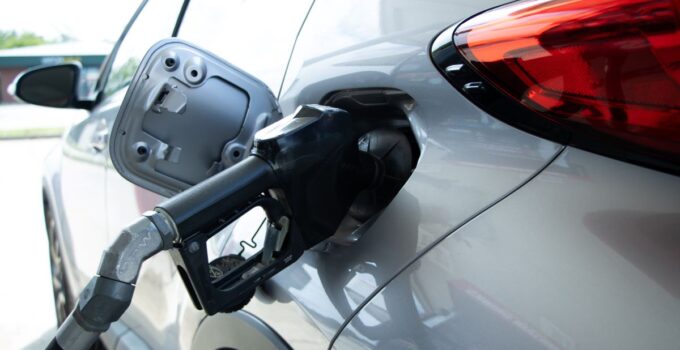When it comes to gas mileage, many drivers assume that their car performs as efficiently as advertised. However, real-world factors often lead to significant discrepancies between the numbers on the sticker and your actual fuel economy. Here are 20 reasons why your car isn’t as efficient as you think.
1. EPA Ratings Are Based on Ideal Conditions
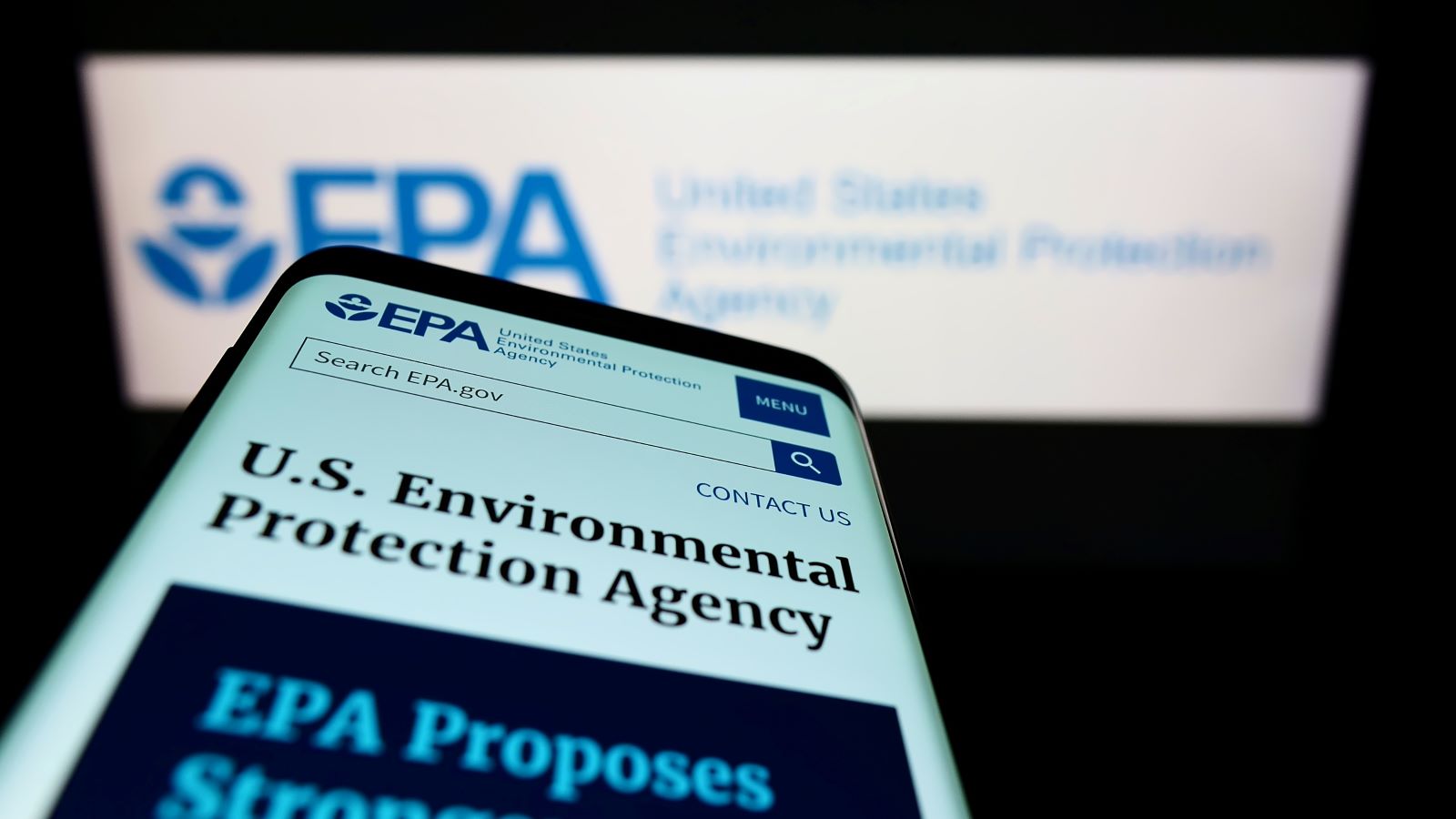
Image Credit: Shutterstock / T. Schneider
The Environmental Protection Agency (EPA) fuel economy ratings are based on controlled laboratory conditions that don’t reflect real-world driving. According to a report by the National Research Council, these tests are conducted with minimal acceleration, no wind, and flat terrain. Real-world conditions like hills, traffic, and stop-and-go driving drastically reduce your car’s efficiency.
2. Driving Habits Impact Efficiency

Image Credit: Shutterstock / Krakenimages.com
Aggressive driving, such as rapid acceleration and hard braking, can reduce gas mileage by up to 40%, according to the U.S. Department of Energy. Smooth and consistent driving can help you achieve better fuel efficiency, but most drivers struggle to maintain this style consistently.
3. Air Conditioning and Heating Usage
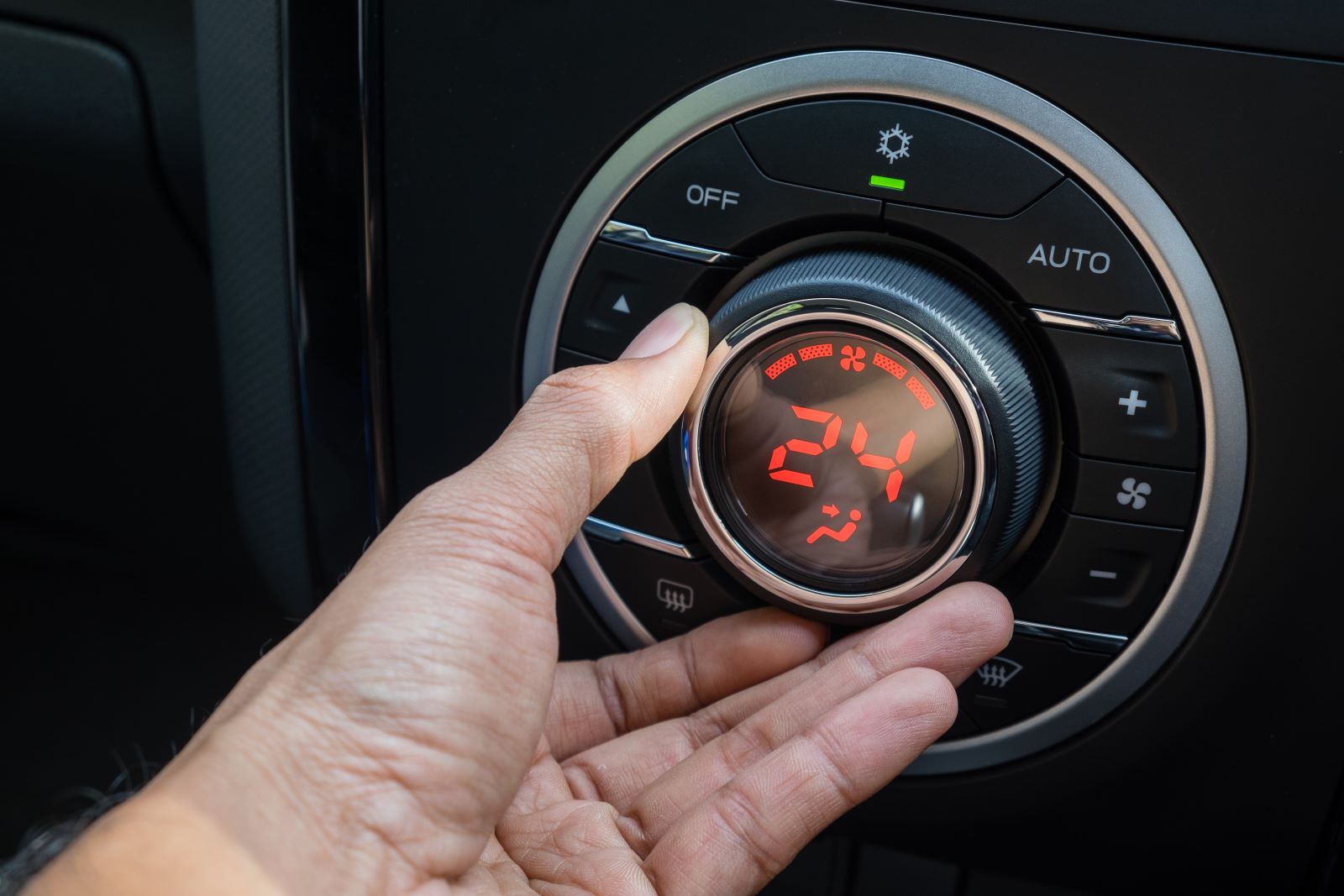
Image Credit: Shutterstock / Phuriwatt Seesuk
Using your car’s air conditioning or heating can significantly impact fuel consumption. The EPA notes that running the AC can reduce fuel efficiency by as much as 25%, especially during city driving. Additionally, in colder weather, using the heater increases engine workload, further reducing gas mileage.
4. Weight and Cargo

Image Credit: Shutterstock / ronstik
Carrying extra weight in your vehicle reduces fuel efficiency. The U.S. Department of Energy states that for every 100 pounds of extra weight, your fuel economy drops by about 1%. If you frequently haul heavy loads, expect to pay for it at the pump.
5. Tire Pressure

Image Credit: Shutterstock / kozirsky
Underinflated tires increase rolling resistance, making your engine work harder and consume more fuel. The National Highway Traffic Safety Administration (NHTSA) reports that proper tire inflation can improve gas mileage by up to 3%, yet many drivers neglect regular tire maintenance.
6. Wind Resistance

Image Credit: Pexels / Tobi
High speeds increase wind resistance, which reduces fuel efficiency. According to the U.S. Department of Energy, driving at speeds above 50 mph decreases your gas mileage by roughly 1% for every additional mile per hour. Even roof racks or open windows can increase drag and hurt efficiency.
7. Engine Wear and Maintenance

Image Credit: Shutterstock / ronstik
As your car ages, normal wear and tear on the engine reduces its efficiency. Regular maintenance, like oil changes and replacing air filters, can help, but over time, even well-maintained engines become less efficient. A study by the Car Care Council found that neglecting maintenance can reduce gas mileage by up to 4%.
8. Cold Weather

Image Credit: Shutterstock / rangizzz
Cold temperatures make engines less efficient and reduce tire pressure, both of which lower fuel economy. According to AAA, fuel economy in city driving can be reduced by 12-22% in cold weather conditions. Additionally, engines take longer to reach their optimal operating temperature, further reducing efficiency.
9. Short Trips
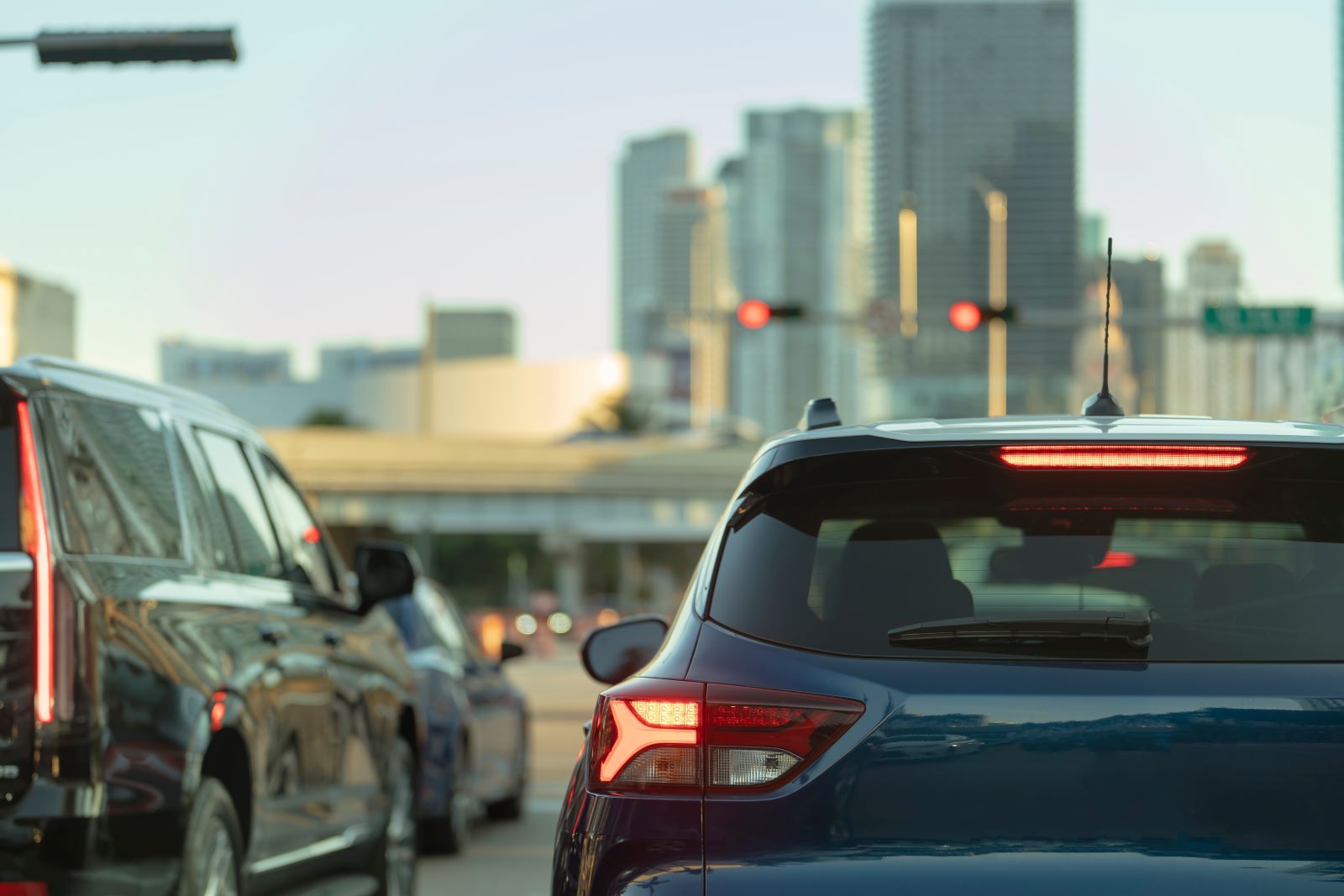
Image Credit: Shutterstock / Bilanol
Short trips don’t allow your engine to reach its optimal operating temperature, leading to lower fuel efficiency. According to the EPA, vehicles are least efficient when cold, and frequent short trips can result in significantly lower gas mileage than you might expect.
10. Ethanol Blended Fuel
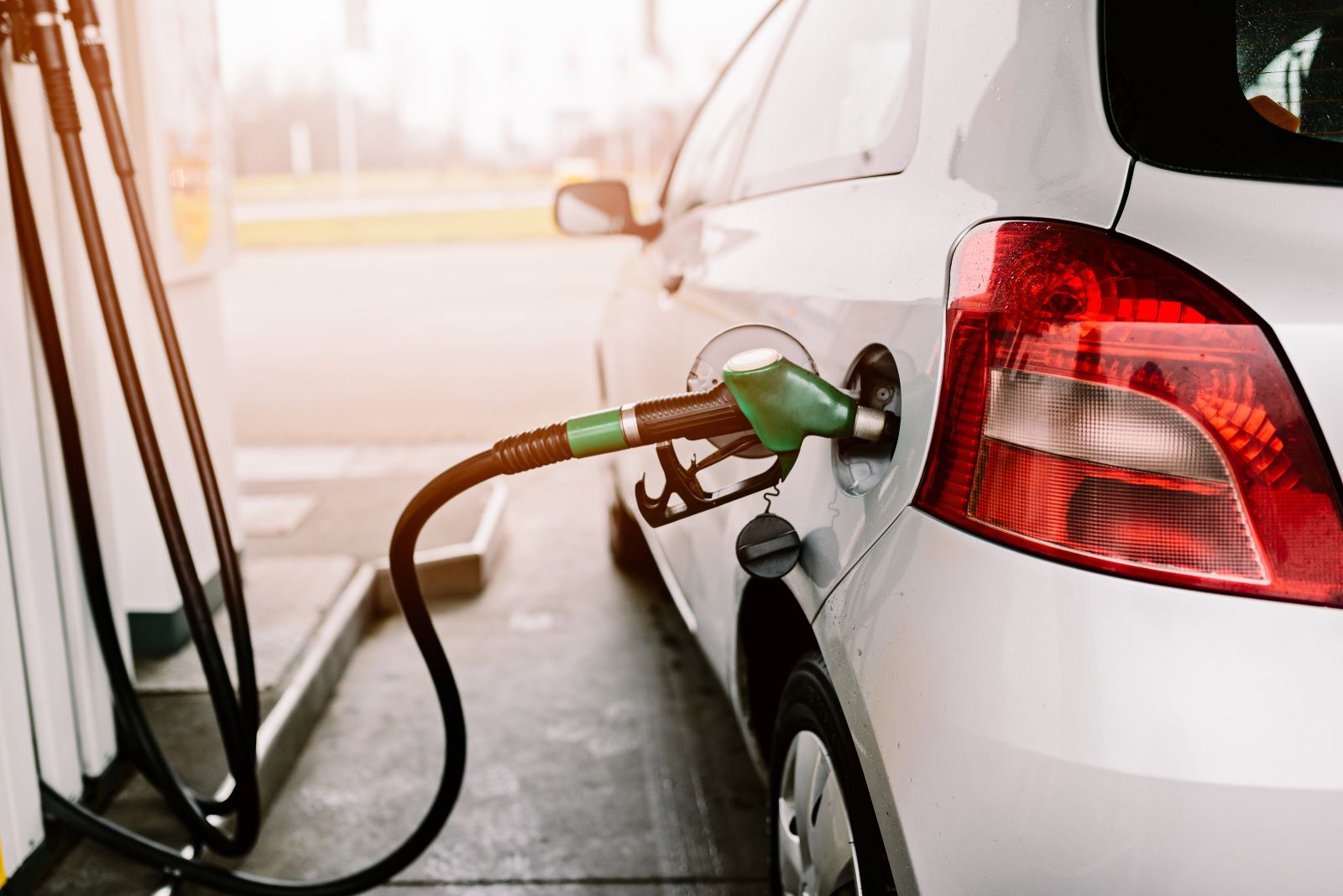
Image Credit: Shutterstock / Daniel Jedzura
Many gas stations sell fuel that contains ethanol, which provides less energy per gallon than pure gasoline. The U.S. Energy Information Administration reports that ethanol-blended fuel can reduce fuel economy by 3-4% because ethanol has a lower energy content than gasoline.
11. Transmission Type
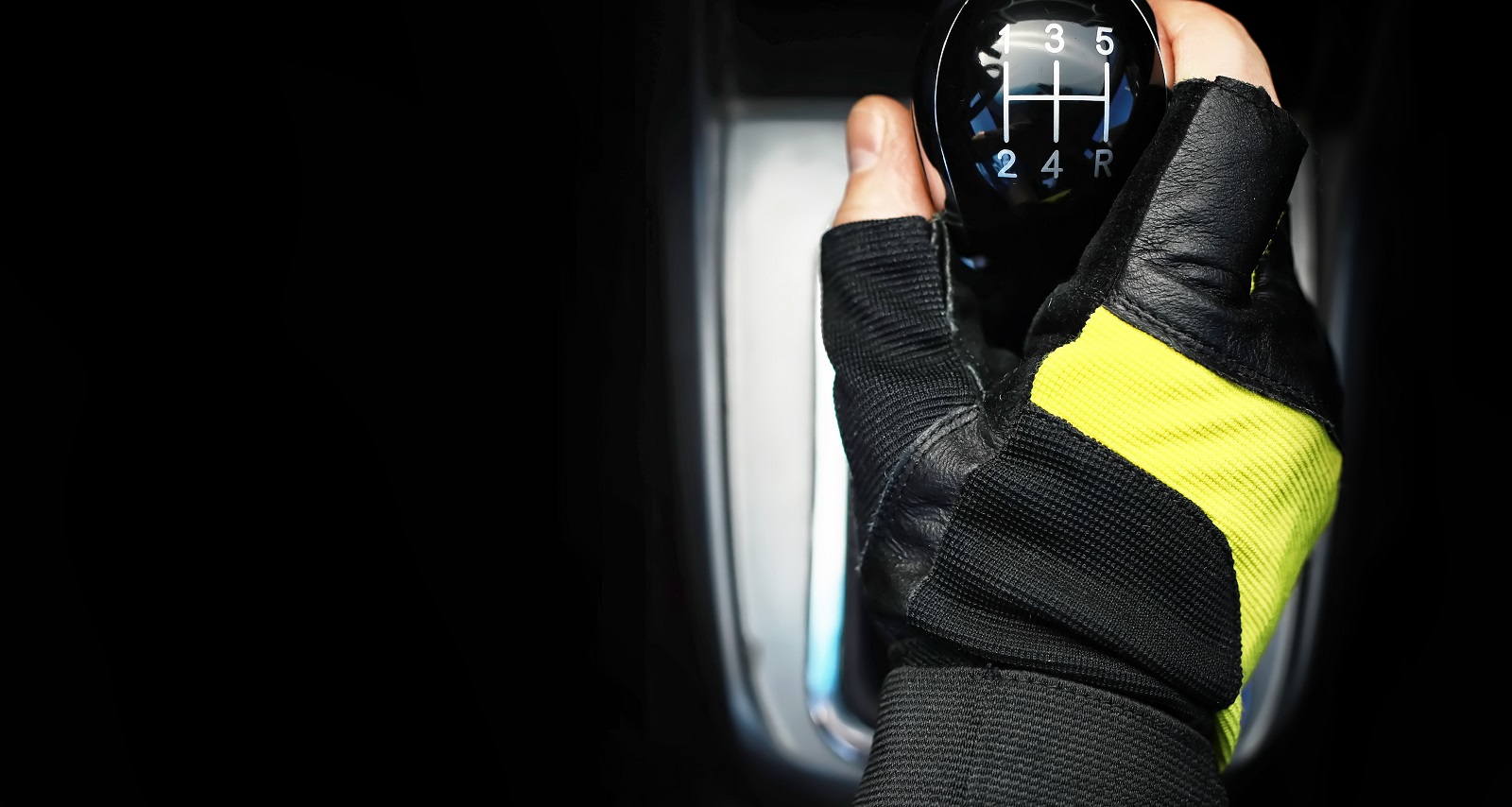
Image Credit: Shutterstock / Chatham172
Automatic transmissions have come a long way in recent years, but manual transmissions still offer better fuel efficiency in many cases. However, fewer vehicles are available with manual transmissions, meaning that many drivers are stuck with the slight efficiency losses that come with modern automatics.
12. Idle Time
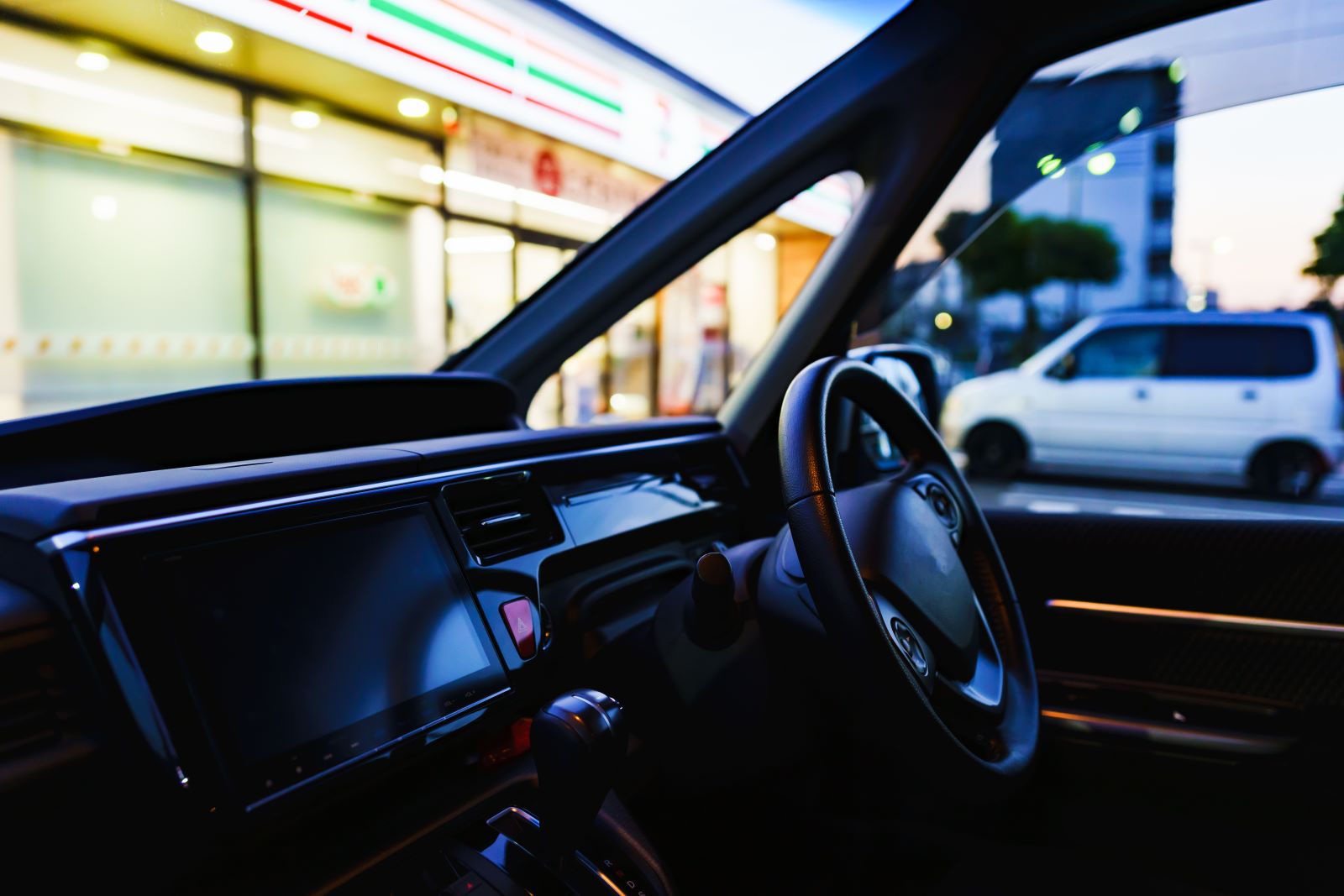
Image Credit: Shutterstock / show999
Idling wastes fuel and reduces your overall efficiency. According to the Department of Energy, idling can consume up to a half-gallon of fuel per hour, depending on your engine size and use of accessories like air conditioning.
13. Tire Type
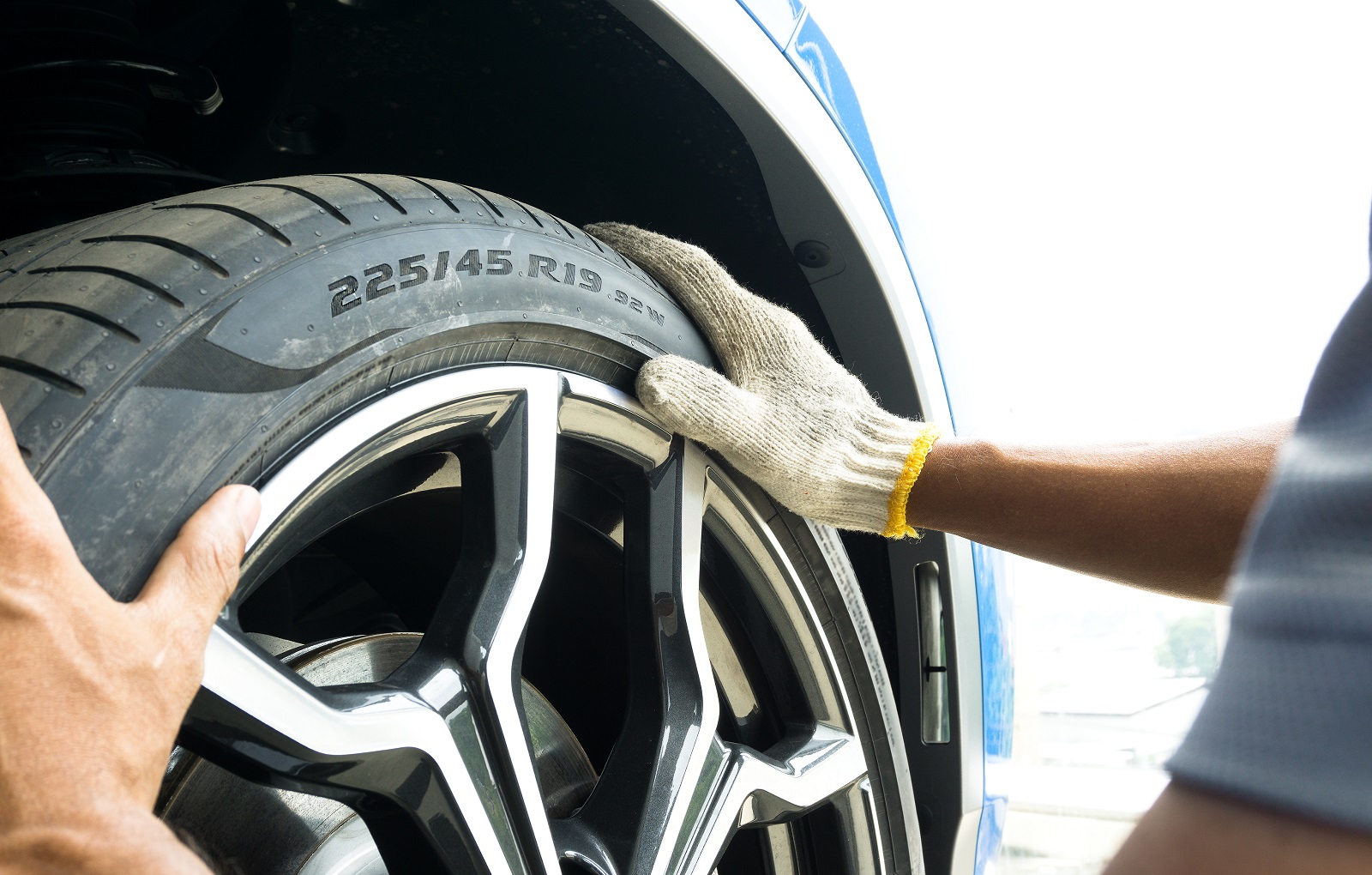
Image Credit: Shutterstock / Smile Fight
Not all tires are created equal when it comes to fuel efficiency. Performance tires, off-road tires, and winter tires tend to have higher rolling resistance, which reduces fuel economy. The U.S. Department of Energy recommends using low-rolling-resistance tires to improve fuel efficiency by up to 3%.
14. Driving at High Altitudes
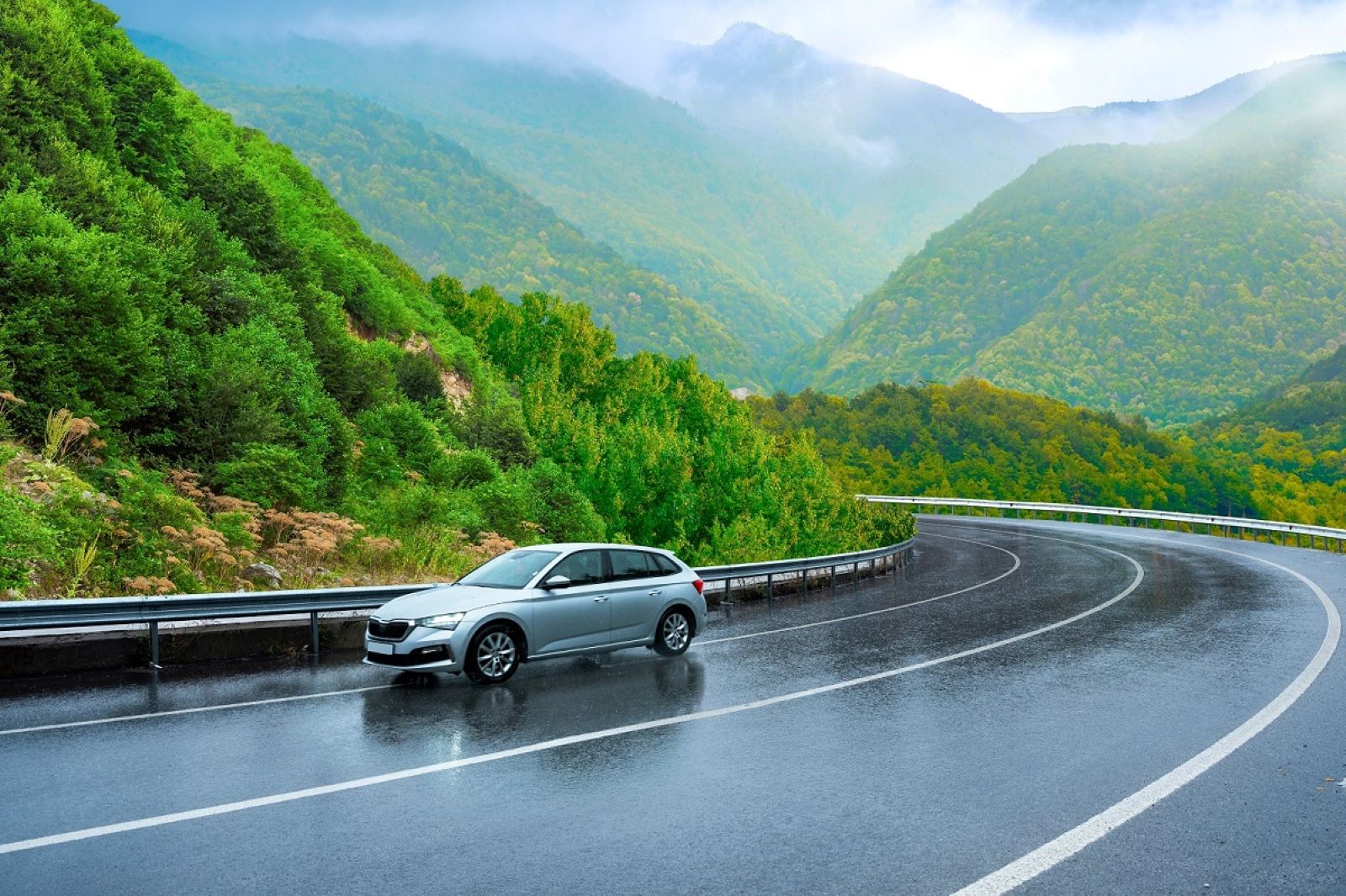
Image Credit: Shutterstock / ozkan ulucam
Higher altitudes mean thinner air, which forces your engine to work harder to generate the same power as at sea level. According to a study by the University of California, fuel economy can drop by as much as 20% in high-altitude driving conditions.
15. Fuel Quality
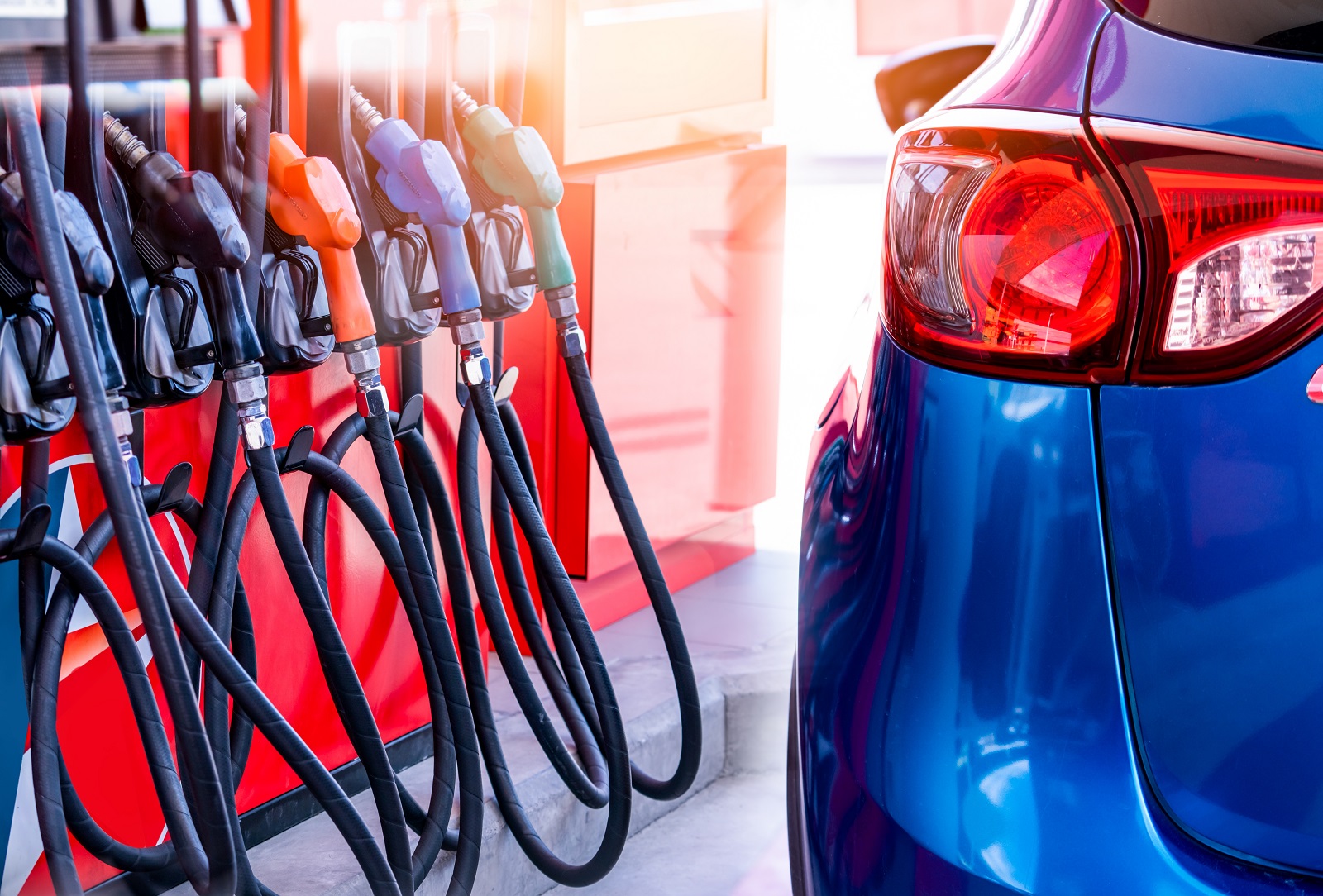
Image Credit: Shutterstock / Fahroni
Not all gasoline is created equal, and low-quality fuel can harm engine performance. A report from AAA revealed that top-tier gasoline can improve fuel economy by an average of 4% compared to lower-quality fuel.
16. Engine Downsizing and Turbocharging
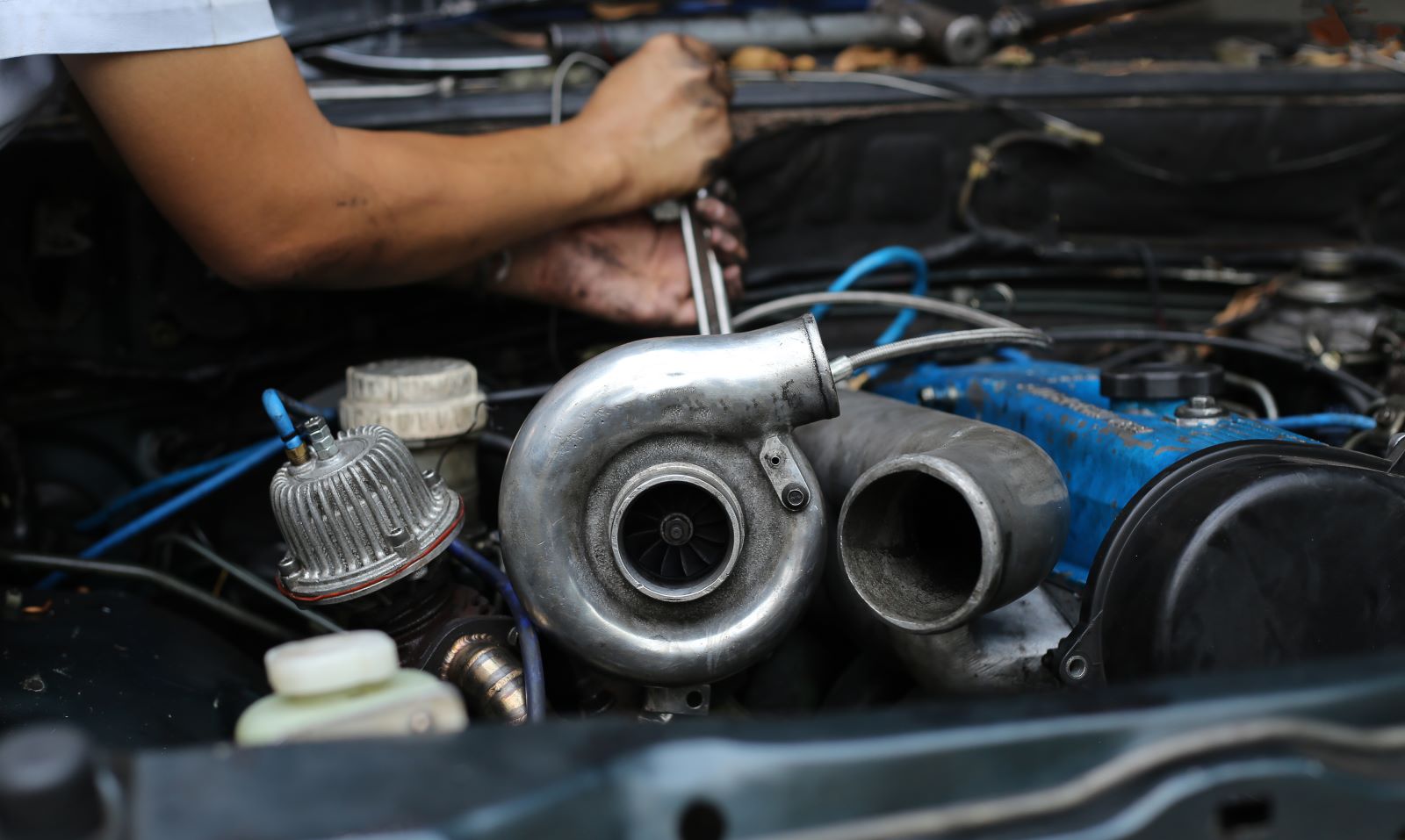
Image Credit: Shutterstock / Comedstock
Many modern cars use smaller, turbocharged engines to increase fuel efficiency, but in reality, this strategy doesn’t always work as intended. According to Consumer Reports, these engines often struggle to achieve their advertised fuel economy in real-world driving because drivers tend to push the turbo harder, consuming more fuel.
17. Aerodynamics
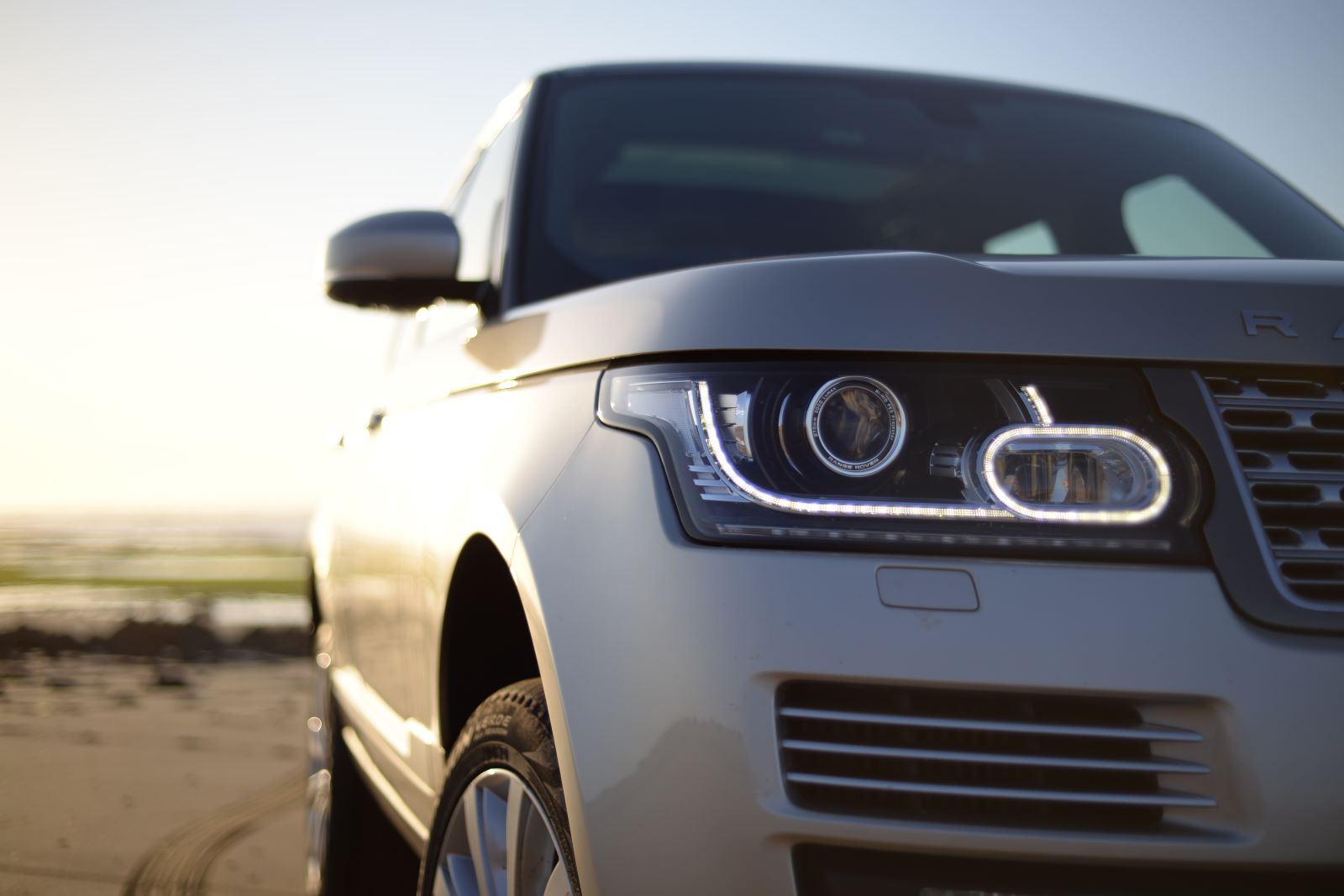
Image Credit: Shutterstock / Tangenta Visuals
The aerodynamics of your vehicle can have a surprising impact on fuel efficiency. Spoilers, wide tires, and other modifications can increase drag, making your car less efficient. A study from SAE International found that aerodynamically optimized vehicles achieve up to 10% better fuel economy than those with poor designs.
18. Vehicle Age and Design

Image Credit: Pexels / Shukhrat Umarov
Older cars are generally less efficient than newer models due to advancements in engine design, lightweight materials, and aerodynamics. The EPA reports that cars built in the 1980s and 1990s typically achieve much lower gas mileage than those built in the last decade.
19. Road Conditions

Image Credit: Shutterstock / jpreat
Driving on rough or unpaved roads increases rolling resistance and decreases fuel efficiency. A study by the Transportation Research Board found that vehicles driving on rough pavement consume up to 15% more fuel than those on smooth roads.
20. Use of Accessories
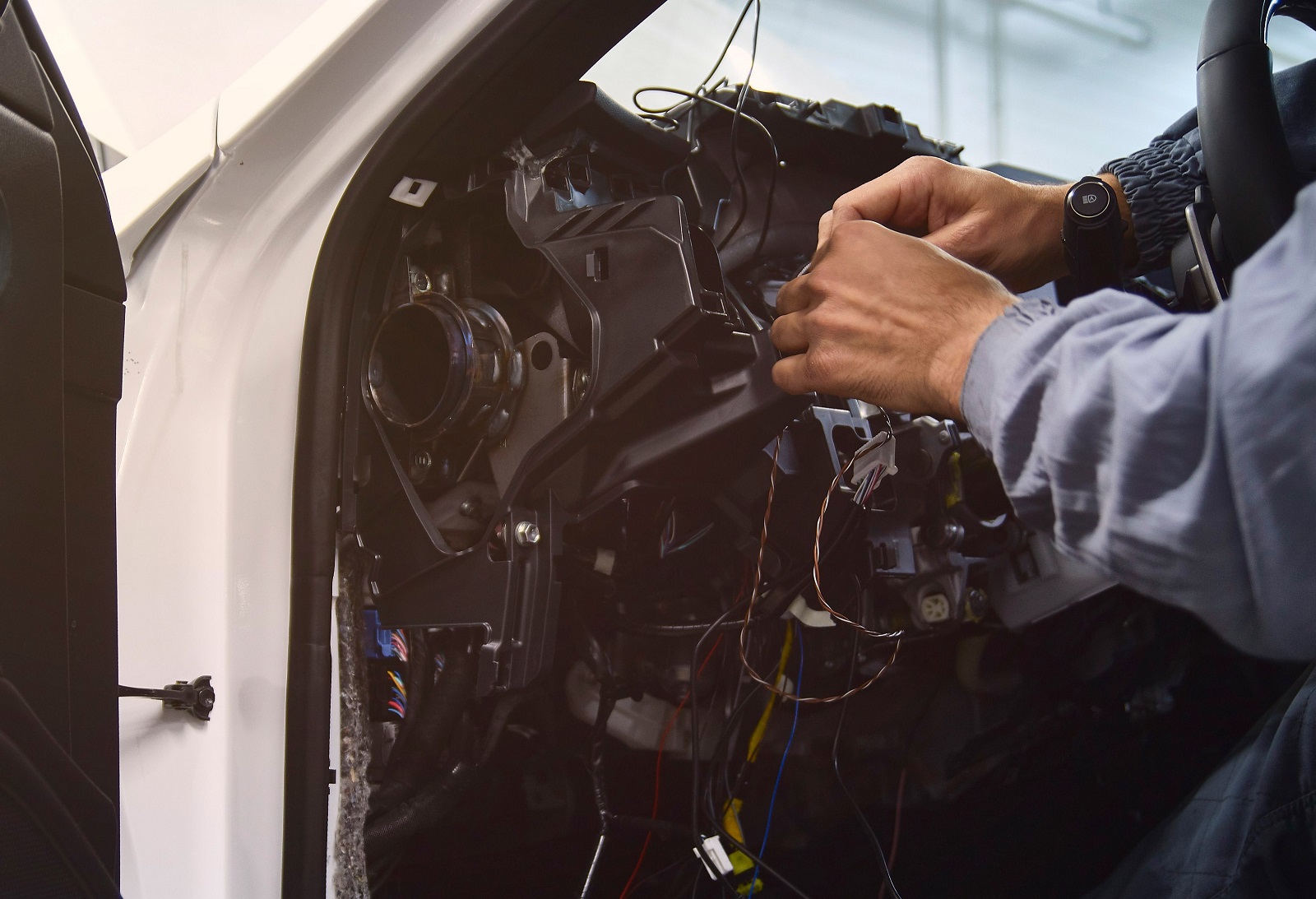
Image Credit: Shutterstock / Aleksandr Gavrilychev
Using electrical accessories such as heated seats, defrosters, and infotainment systems increases your car’s energy consumption. This can reduce overall fuel economy, as the alternator works harder to power these systems, drawing more energy from the engine.
Get Real About Your Gas Mileage

Image Credit: Pexels / Peter Fazekas
The gas mileage you see on the sticker is often a best-case scenario. With all the variables at play, it’s easy to see why most drivers don’t get the efficiency they expect. To get closer to your car’s full potential, drive smarter, maintain your vehicle, and understand the real-world factors that affect fuel consumption.
Police Magnet: 7 Cars That Guarantee You’ll Get Pulled Over
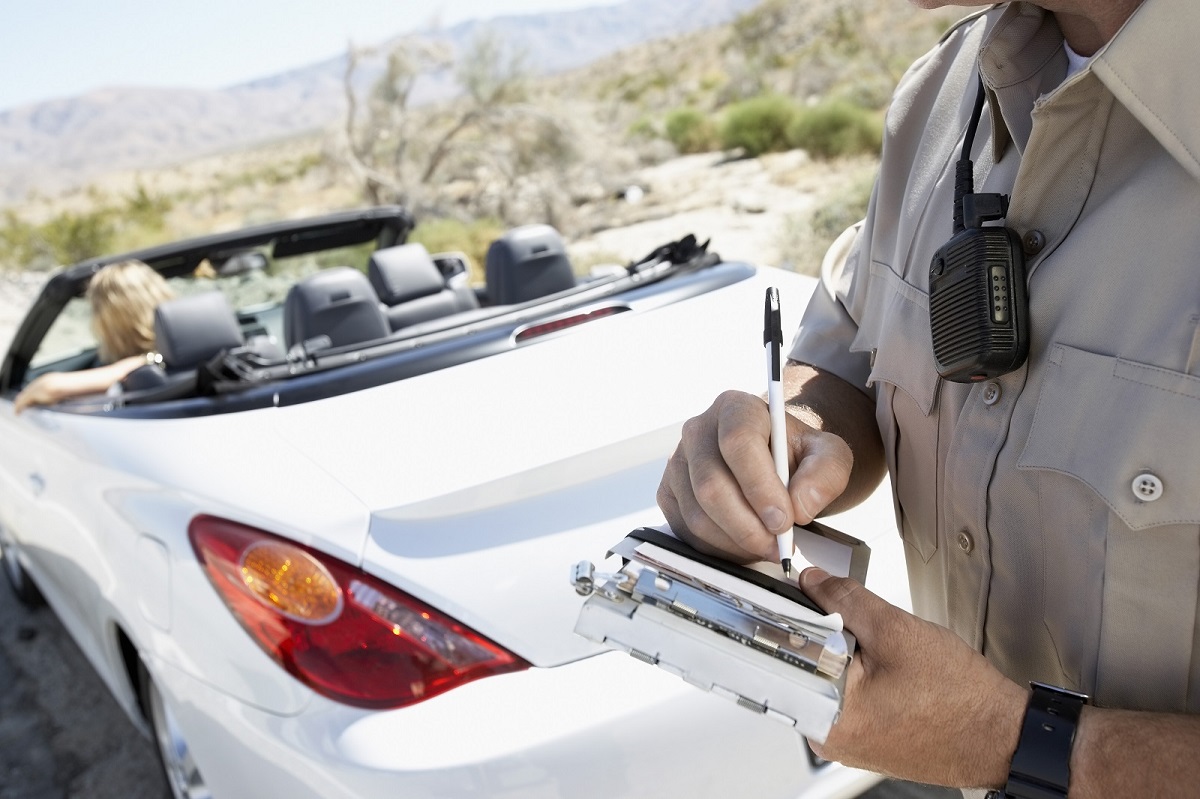
Image Credit: Shutterstock / sirtravelalot
Driving certain cars can make you more noticeable to law enforcement, even if you’re abiding by all the rules. Are you driving one of these “police magnets”? Here are seven cars that seem to attract more police attention than others. Police Magnet: 7 Cars That Guarantee You’ll Get Pulled Over
The Classic Cars That Were Total Clunkers
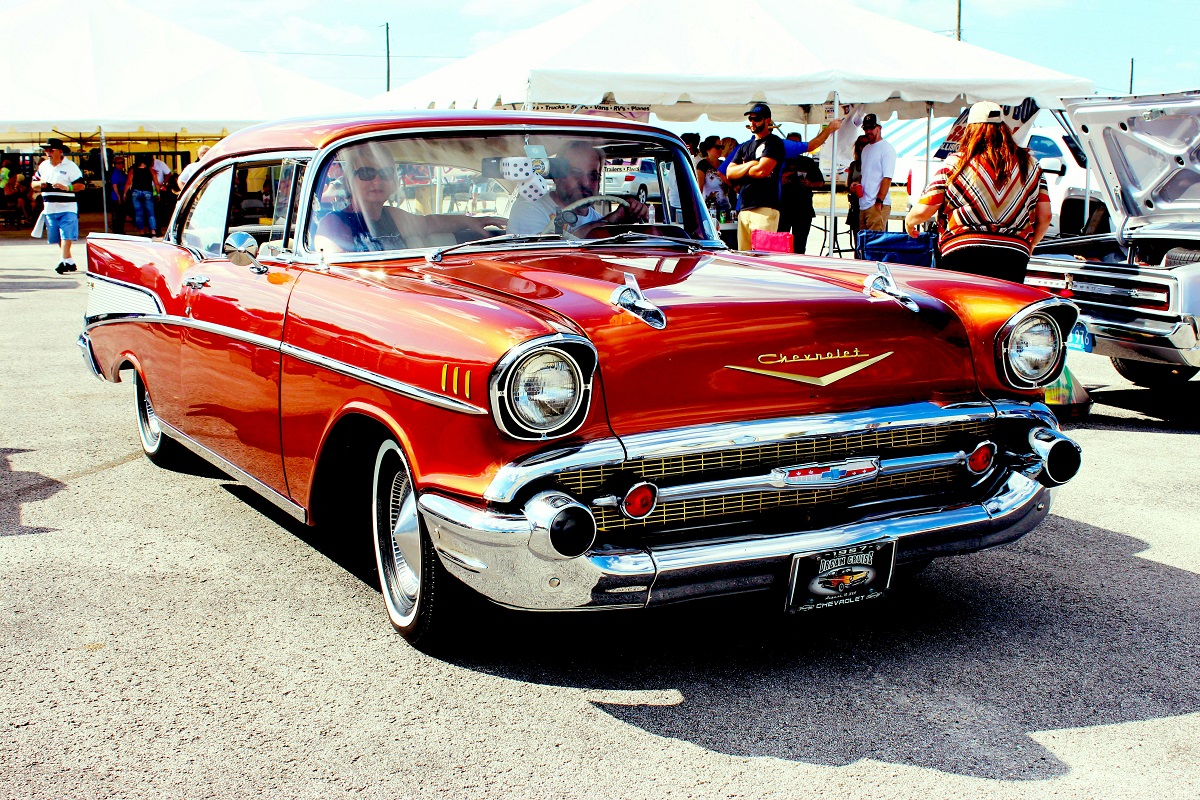
Image Credit: Pexels / Pixabay
Nostalgia has a funny way of making the past seem better than it was, especially when it comes to cars. But here’s the hard truth: some of those “classic” cars your dad raves about were real clunkers. Here’s a closer look at why some of those so-called “classics” weren’t all they were cracked up to be. The Classic Cars That Were Total Clunkers
The Worst U.S. Cars Ever Made: A Retro List
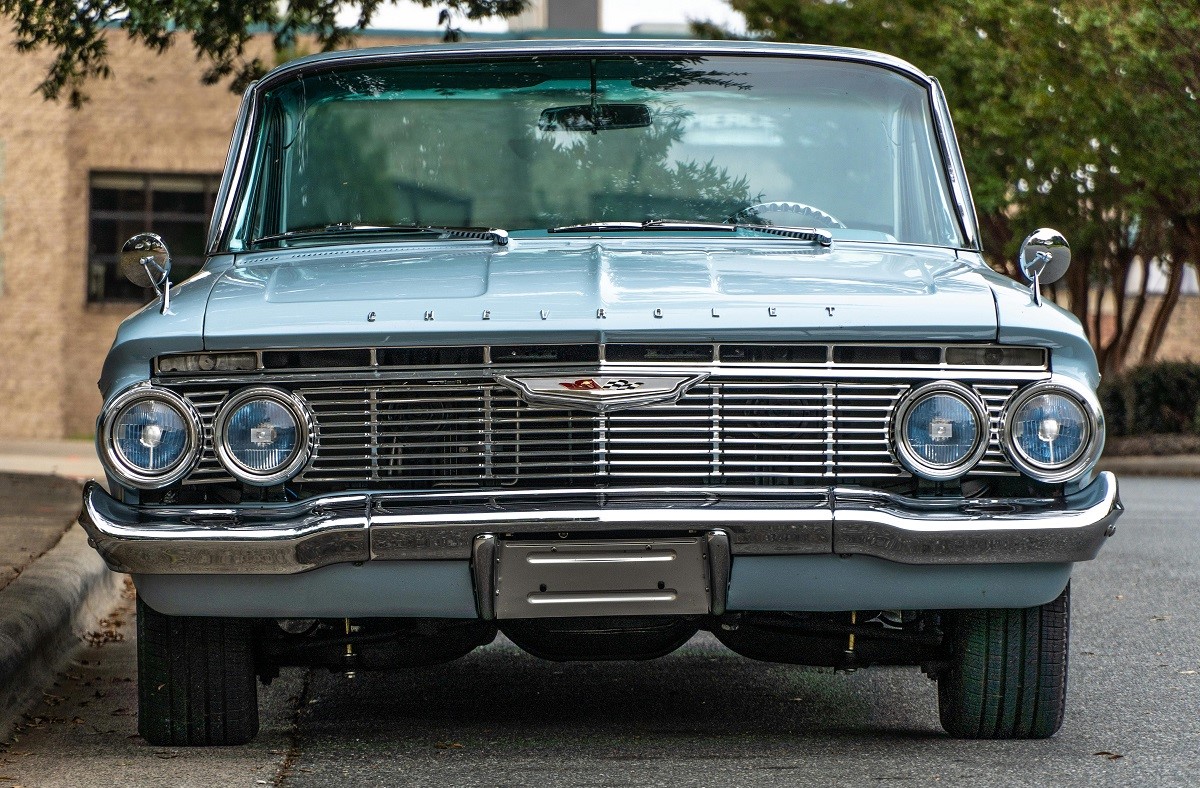
Image Credit: Pexels / Be The Observer
The U.S. auto industry has produced some incredible vehicles, but not every model was a hit. Here’s a look back at 16 of the worst cars ever made in the U.S., each infamous for its own unique flaws. The Worst U.S. Cars Ever Made: A Retro List
Featured Image Credit: Shutterstock / JoshTheCollins.
The content of this article is for informational purposes only and does not constitute or replace professional advice.
For transparency, this content was partly developed with AI assistance and carefully curated by an experienced editor to be informative and ensure accuracy.
The images used are for illustrative purposes only and may not represent the actual people or places mentioned in the article.
